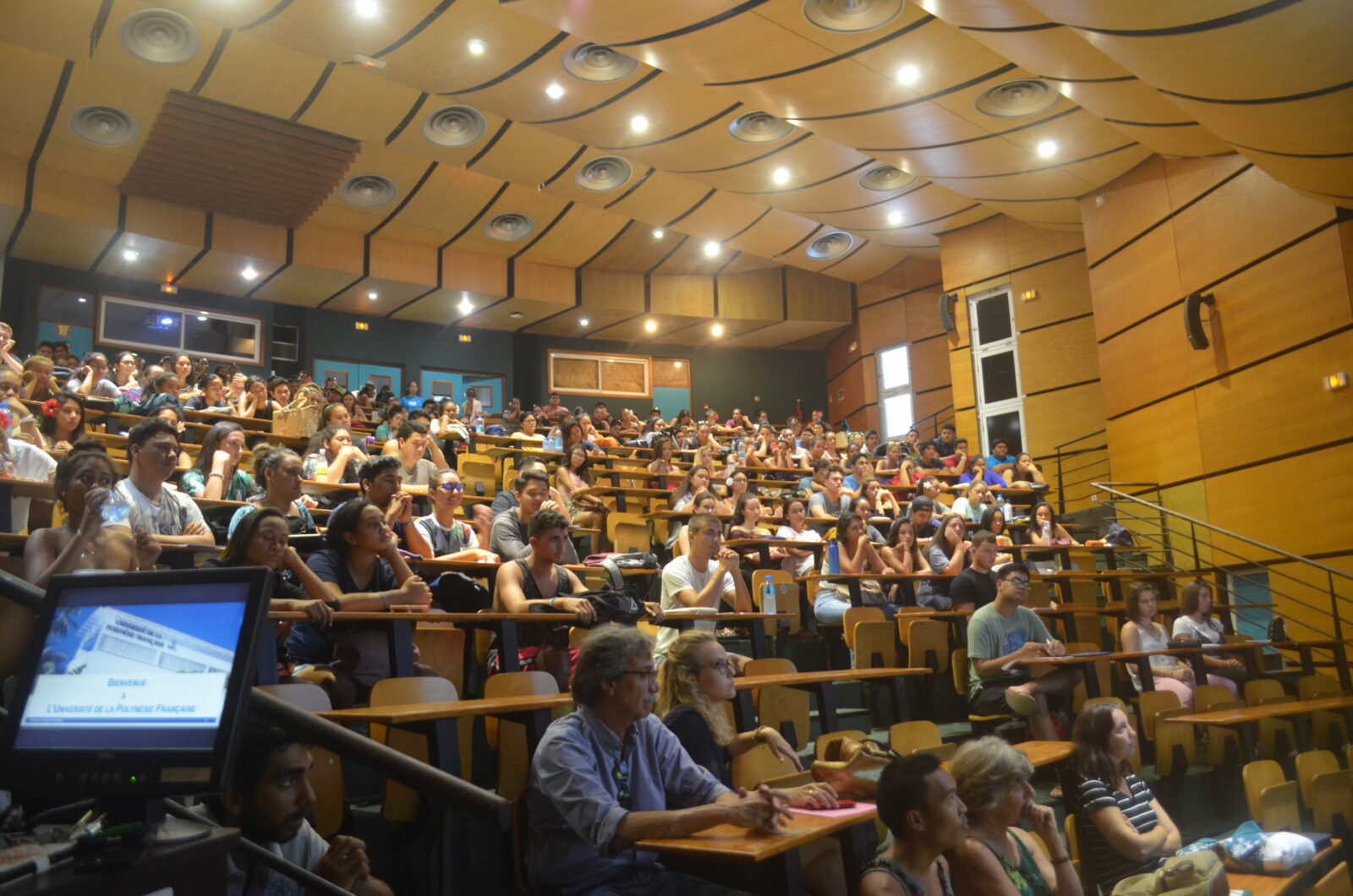Abstract
His research focuses first on the study of inter- and intra-individual phenotypic variation within and between animal populations. It then aims at better understanding the role of this variation in the response of organisms to current environmental changes. On the one hand, he showed the existence of associations between traits (behavioral syndromes, cognitive strategies, life history strategies), emphasizing the importance of taking into account the non-independence of these traits when studying the evolution of phenotypic variation. While the influence of phenotypic plasticity in evolutionary processes remains poorly understood and is not integrated into the Modern Synthesis of the evolutionary theory, he has also conducted a series of studies aimed at better understanding the evolution of plasticity, the effects of plasticity on evolutionary processes, and the importance of phenotypic plasticity in the response of species to environmental changes.
These different approaches allowed him to develop a better understanding of the mechanisms responsible for the emergence and maintenance of interindividual variation, and to study the impacts of this variation on species responses to environmental changes. He highlighted the effects of environmental factors (urbanization, species translocations) on the variation of different phenotypic traits (behavioral, morphological, physiological). In parallel, he constructed a series of comparative analyses which allowed him to demonstrate the importance of behavioral plasticity, life history, intra-specific variation and ecological generalism in species capacity to respond to changes in their environment.
Since 2021, he has been developing a new research program exploiting this acquired experience in order to understand how phenotypic variation affects the capacity of animal populations to respond to the introduction of invasive exotic species on islands. This question is in fact at the heart of conservation issues for terrestrial island biodiversity, particularly in French Polynesia. He tackles this question by positioning himself both from the point of view of native species which therefore respond to the arrival of species disrupting the ecological balance in place, and from that of introduced species, which face an environment that is often very different from their native one.
These approaches thus aim at clarifying the mechanisms by which invasive exotic species affect native species, and clarifying the mechanisms by which the latter affect the functioning of ecosystems. In parallel, he uses this work to better inform management decisions, and to participate in the local development of methods of exotic invasive species management.
Jury members
- Mrs Claire Doutrelant, Research Director, HDR, CNRS, UMR CEFE, Montpellier, France,
- Mr Pierre-Yves Henri, Maître de conférence HDR, MNHM Paris, UMR MECADEV, Sorbonne Universités, Paris, France,
- Ms Lin Schwarzkopf, Professor, James Cook University, Towsville, Australia,
- Mr Patrick Hart, Professor, University of Hawaii in Hilo, USA,
- Ms Dominique Potvin, Senior Lecturer, University of the Sunshine Coast, Moreton Bay, Australia,
- Mr Jean-Claude Gaertner, Director of Research, IRD, UMR-SECOPOL, University of French Polynesia, French Polynesia (Guarantor),
- Ms Nabila Gaertner-Mazouni, University Professor, UMR-SECOPOL, University of French Polynesia, French Polynesia.


